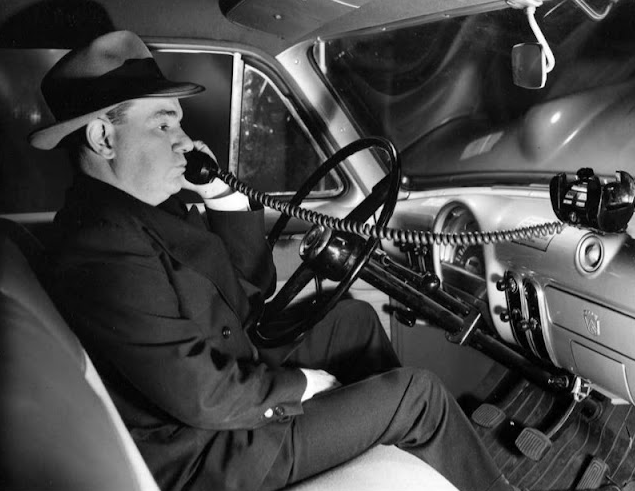These pictures of Las Vegas strip in the 1950s were taken by LIFE photographer Loomis Dean and capture the nightlife and the long-gone sights of Sin City.
The 1950s were a defining era for Las Vegas. It was the decade that saw the rise of the Riviera, the Sands, and the Dunes, where the likes of Elvis Presley, Dean Martin, Frank Sinatra, and Sammy Davis flocked to the Strip along with millions of other tourists. There were dancers, mobsters, weddings, gamblers, and the glamour of post-war America.
By 1951 the Thunderbird Hotel, the Desert Inn, and the Silver Slipper had joined the El Rancho, the New Frontier, and the Flamingo on the Strip.
Then a number of new properties were built in quick succession: the Sahara (1952), the Sands (1952), the Royal Nevada (1955), the Riviera (1955), the Dunes (1955), the Hacienda (1956), the Tropicana (1957), and the Stardust (1958), in addition to off-Strip properties such as the Showboat (1954), the Fremont (1956), and the ground-breaking Moulin Rouge (1955).
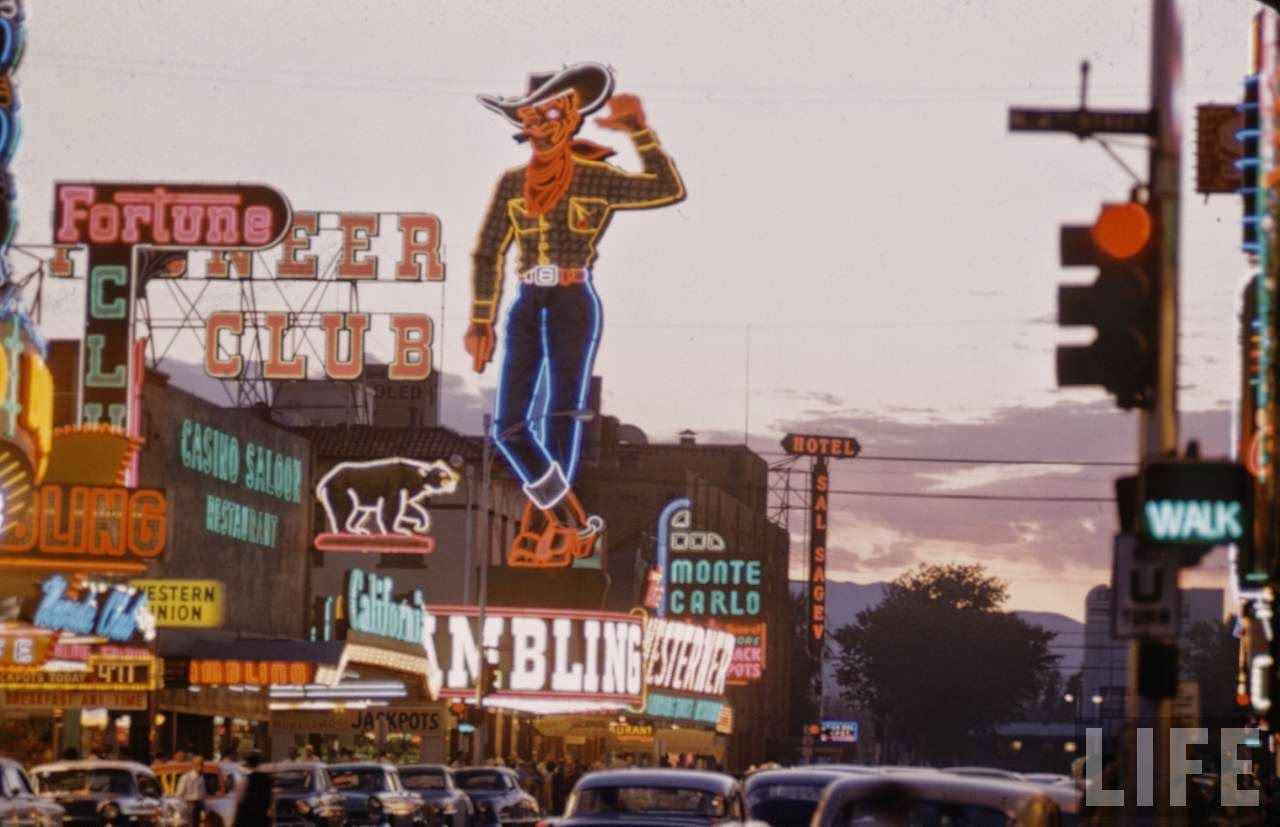.jpg) Each new hotel-casino owner sought to have high-quality entertainment and hired the best local musicians available for their in-house orchestras. They also hired entertainment directors, dancers, stagehands, customers, and everyone else needed to put on a first-rate show.
Each new hotel-casino owner sought to have high-quality entertainment and hired the best local musicians available for their in-house orchestras. They also hired entertainment directors, dancers, stagehands, customers, and everyone else needed to put on a first-rate show.
After coming to see these stars, the tourists would resume gambling, and then eat at the gourmet buffets that have become a staple of the casino industry.
As the city became a centre for gambling, illegal activity became rife and many muckraking scandals emerged in the press during the 1950s and 1960s.
Over 8 million people were visiting Las Vegas annually in 1954, pumping $200 million into casinos, which consolidated its image as “wild, full of late-night, exotic entertainment”. The population grew dramatically from 8,422 during World War II to over 45,000.
.jpg) Vegas Vic, the unofficial, yet most widely used name for the Las Vegas, a 40 ft neon sign that represents a cowboy, was erected above the Pioneer Club in Las Vegas in 1951.
Vegas Vic, the unofficial, yet most widely used name for the Las Vegas, a 40 ft neon sign that represents a cowboy, was erected above the Pioneer Club in Las Vegas in 1951.
The sign was a departure in graphic design from typeface-based neon signs, to a friendly and welcoming human form of a cowboy. The giant neon cowhand’s creation was based on an image that was part of the promotional campaign launched with the slogan “Still a Frontier town”.
The voice message that was broadcast every 15 minutes by the mechanically operated image was “Howdy, pardner”. This voice was not liked by people and hence its broadcast was stopped.
The original figure (now restored) was of 40 ft height weighing about 6 tons (considered then as the largest such mechanical contraption sign in the world).
The sign moved its arms, winked, held a cigarette, and let out smoke rings. Its attire consisted of a cowboy hat, blue jeans, boots, a yellow checked shirt, and a bandana.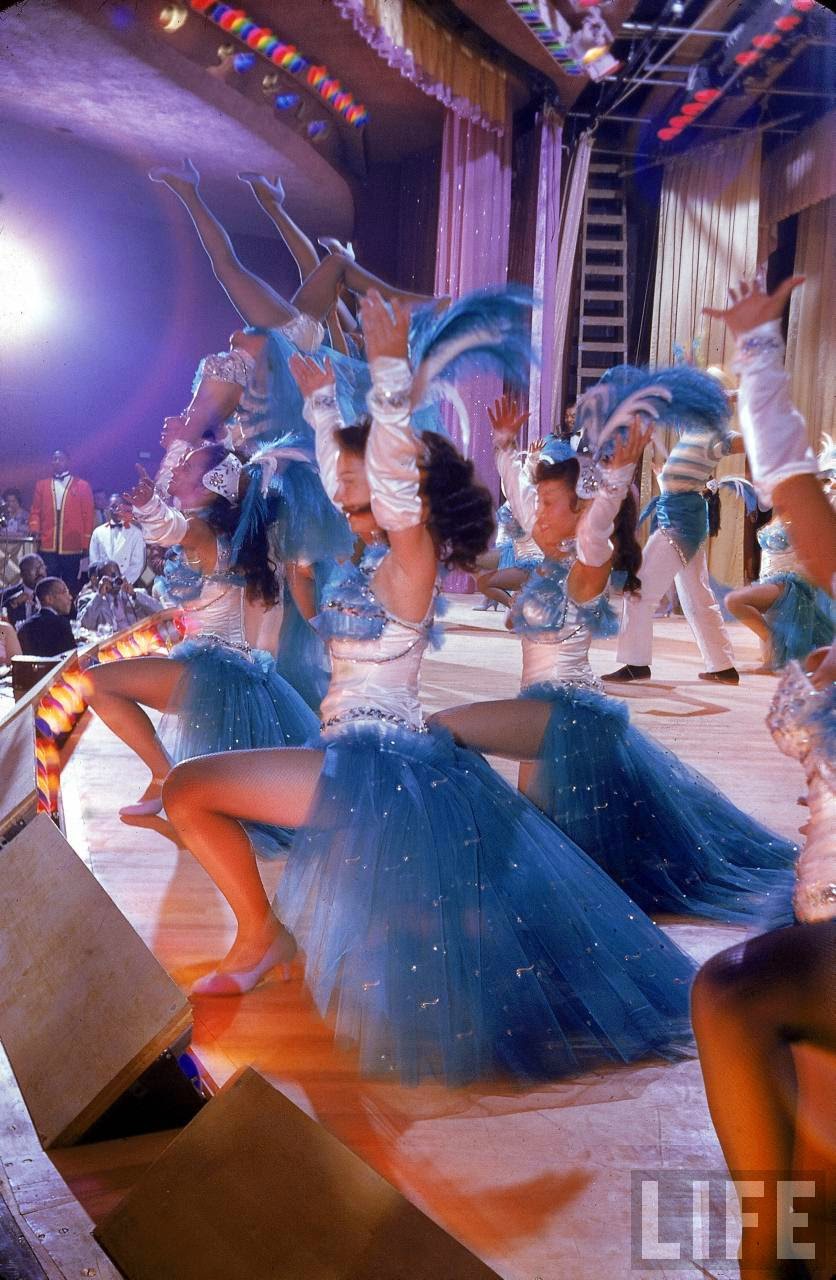.jpg) The New Frontier Hotel was the venue of Elvis Presley’s first shows in Las Vegas from 23 April 1956. The 12-story tall Fremont Hotel and Casino located on 200 Fremont Street opened on 18 May 1956 and was then the tallest building in downtown Las Vegas for several years.
The New Frontier Hotel was the venue of Elvis Presley’s first shows in Las Vegas from 23 April 1956. The 12-story tall Fremont Hotel and Casino located on 200 Fremont Street opened on 18 May 1956 and was then the tallest building in downtown Las Vegas for several years.
It was designed by architect Wayne McAllister, and at the time of its opening it had 155 rooms, cost $6 million to open, and was owned by Ed Levinson and Lou Lurie.
.jpg)
.jpg)
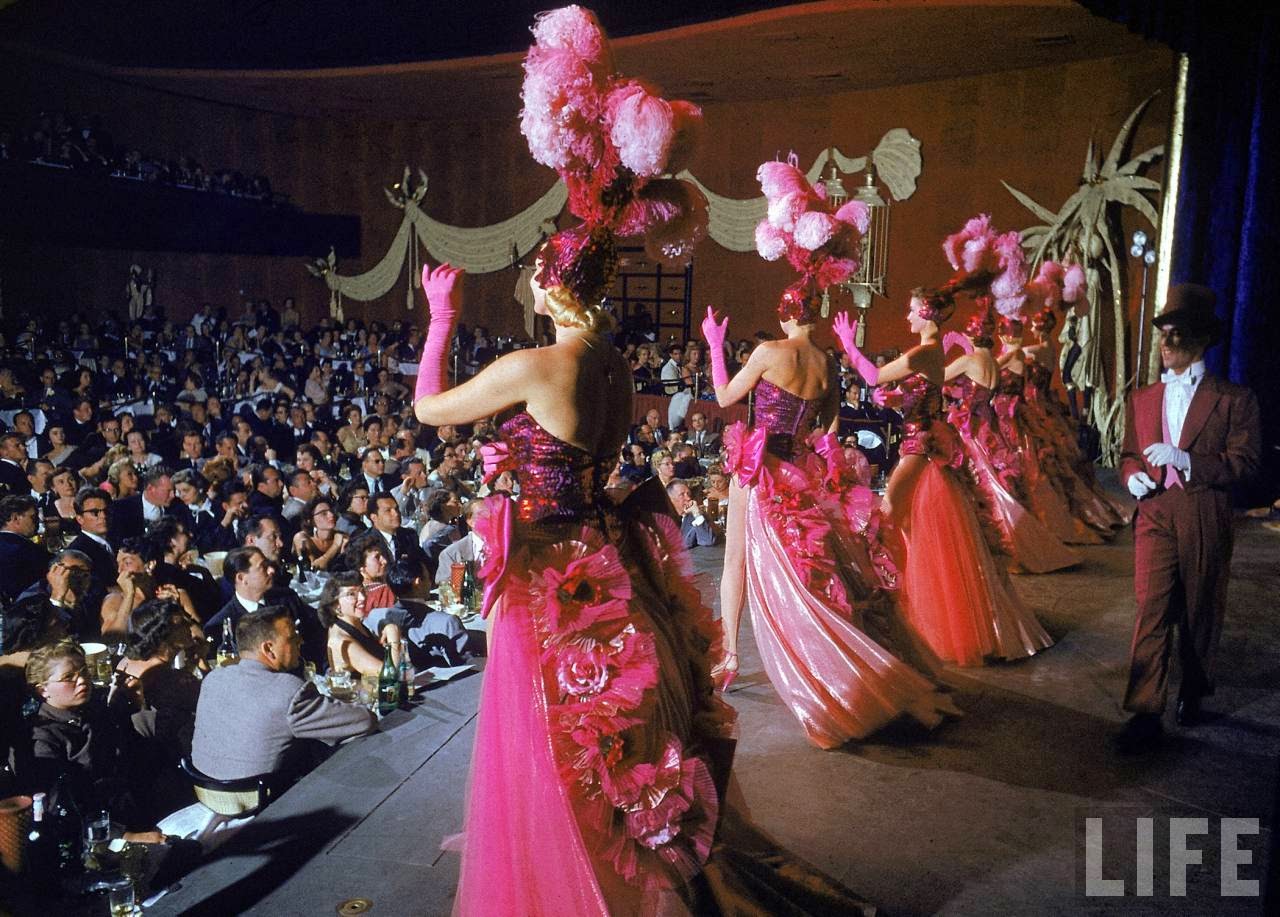.jpg)
.jpg)
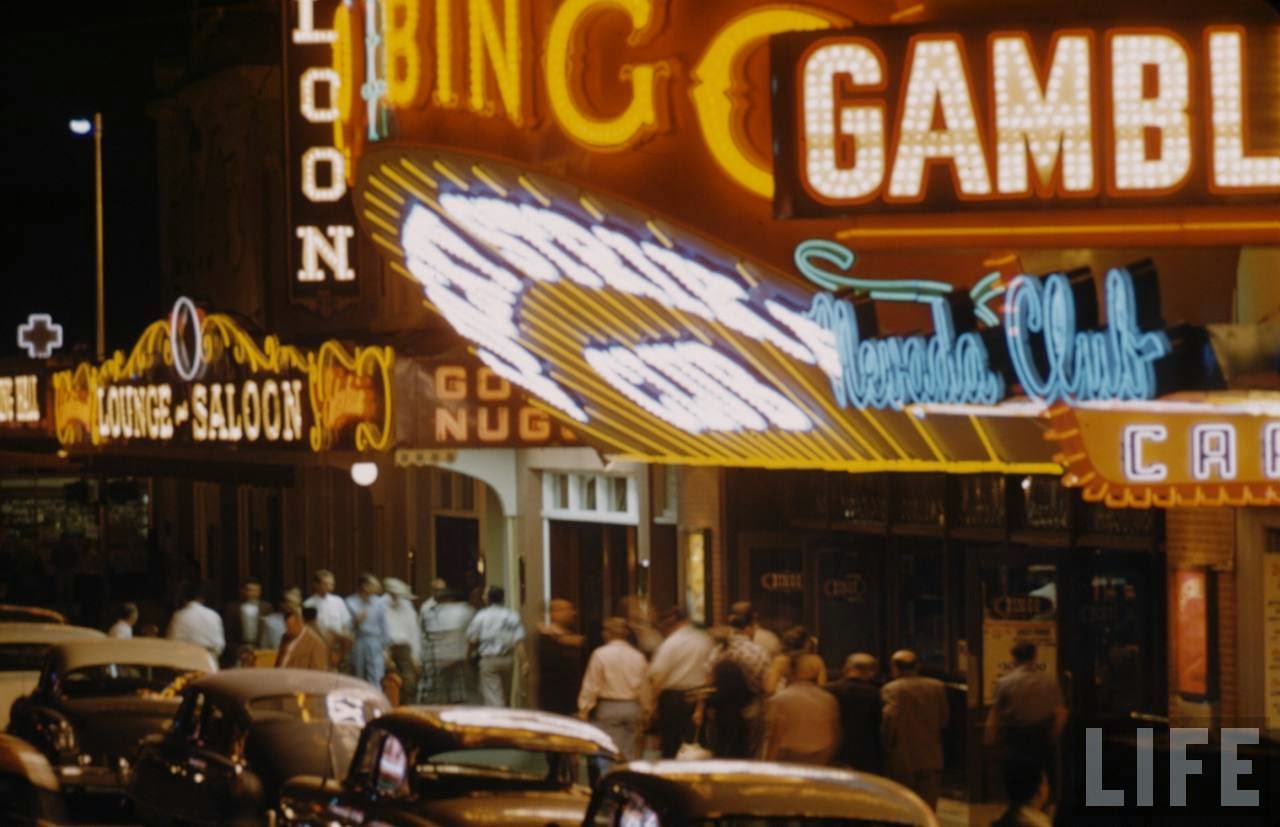.jpg)
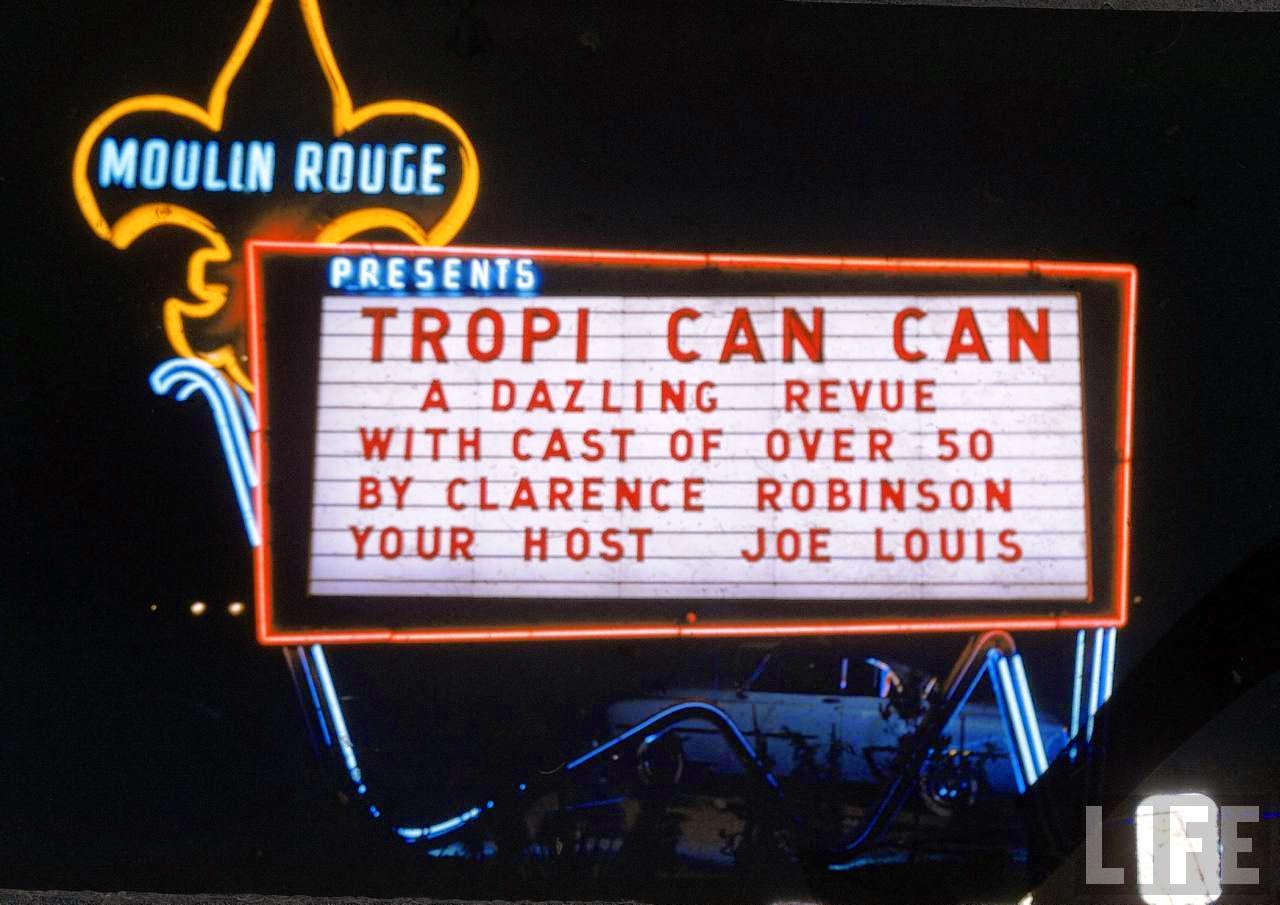.jpg)
.jpg)
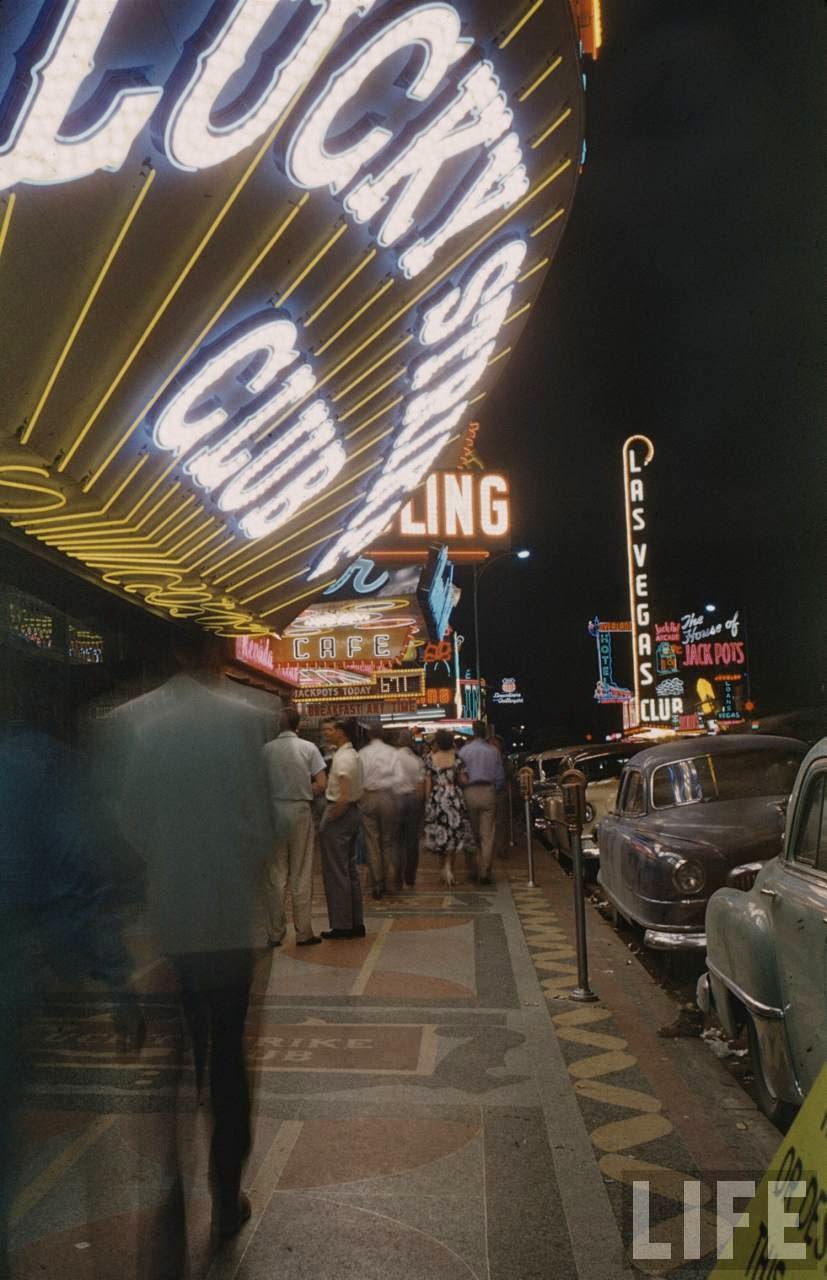.jpg)
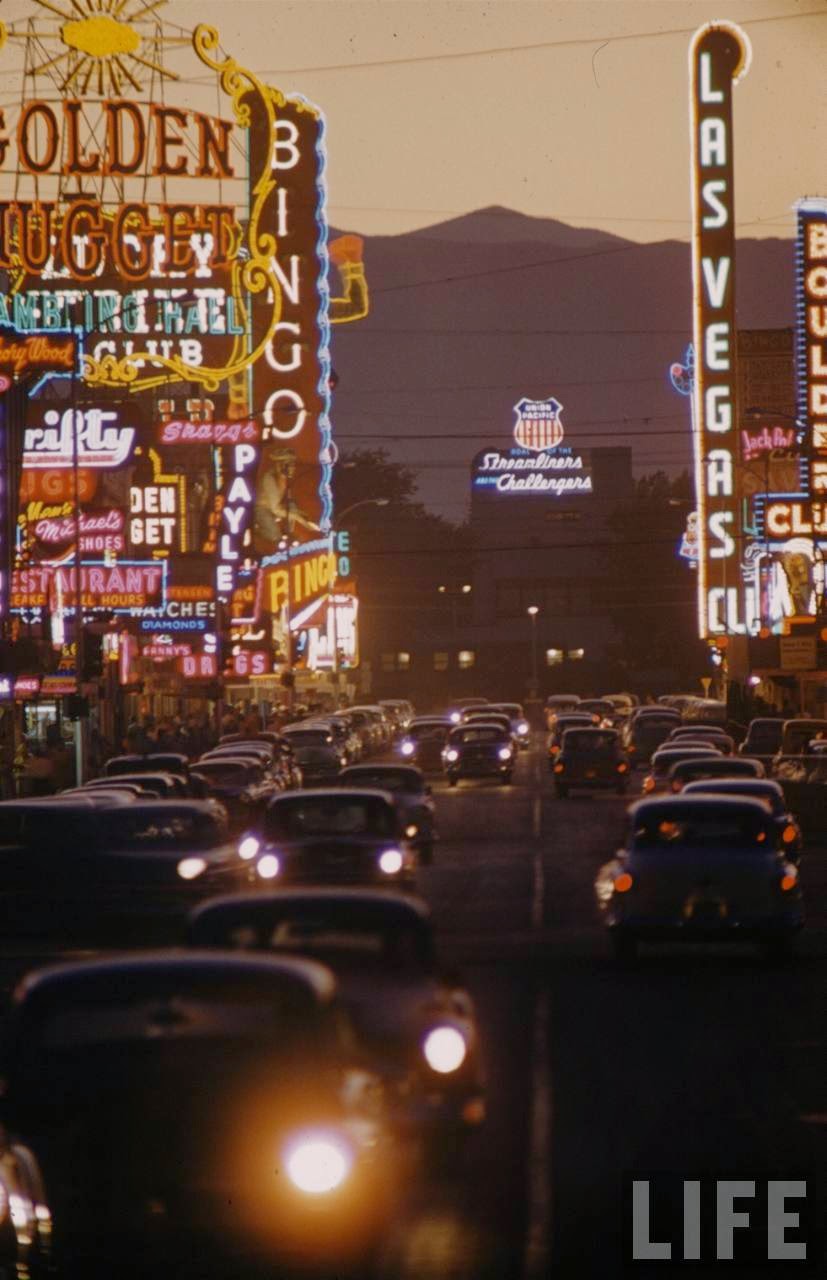.jpg)
.jpg)
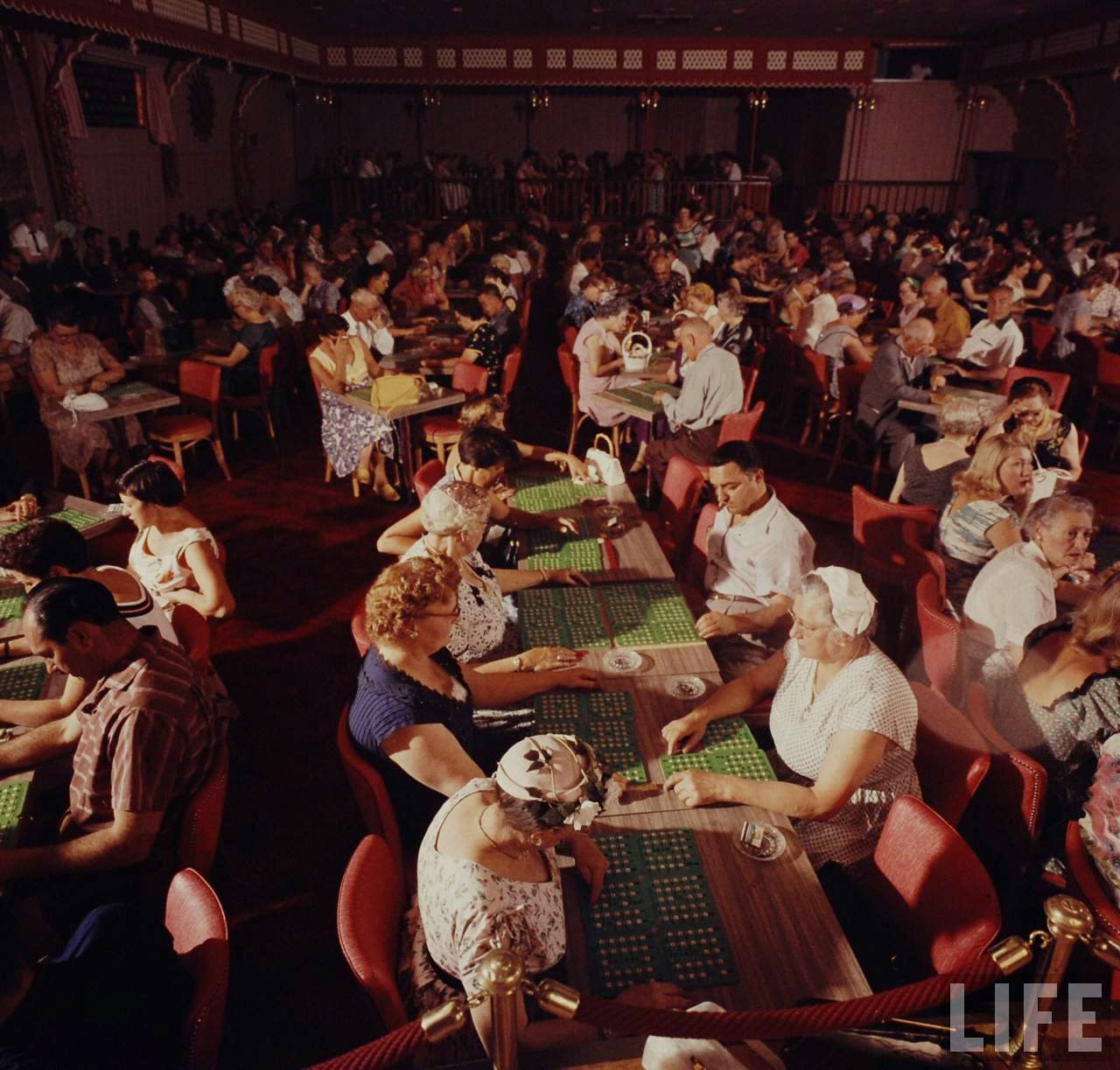.jpg)
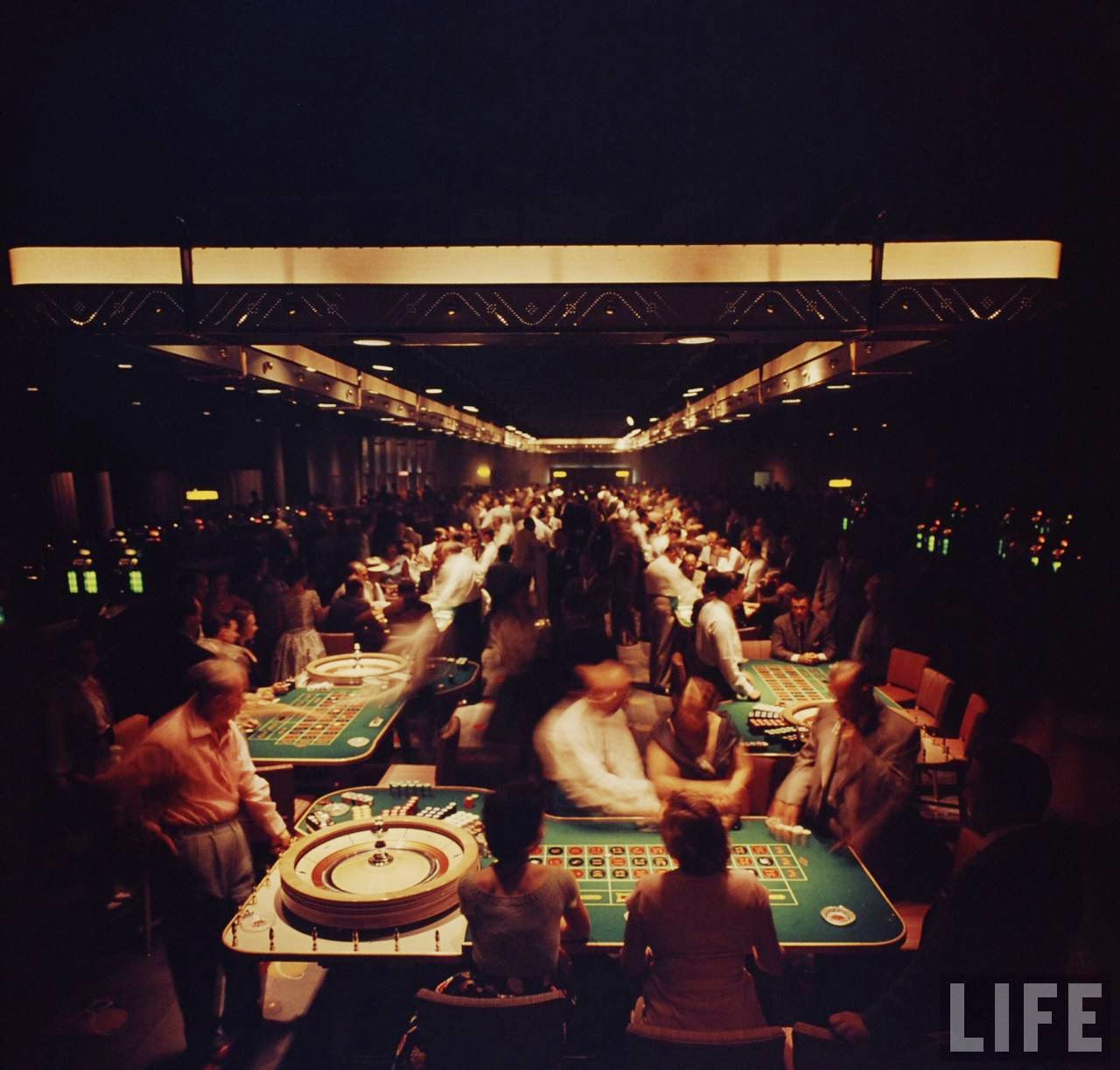.jpg)
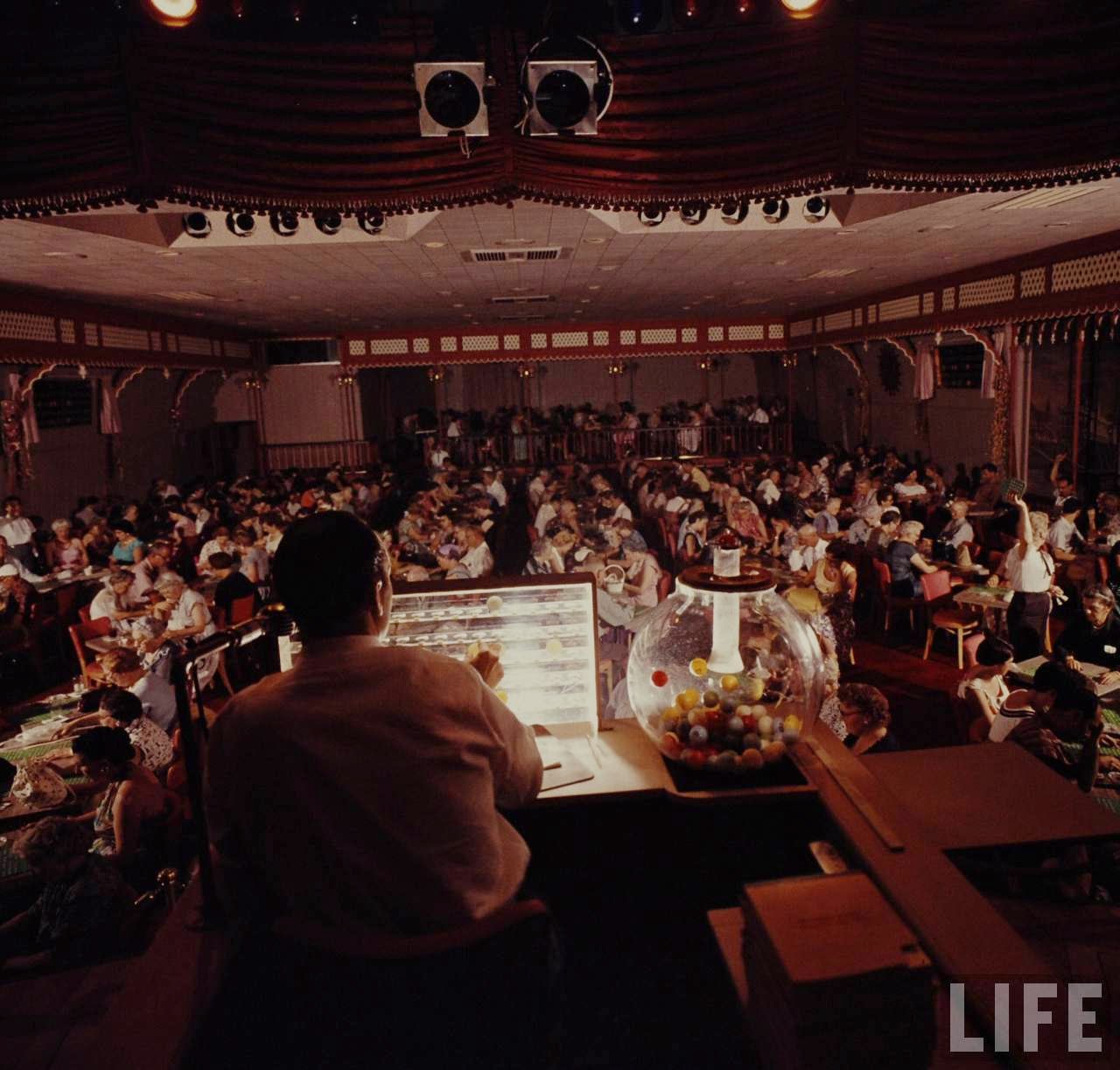.jpg)
.jpg)
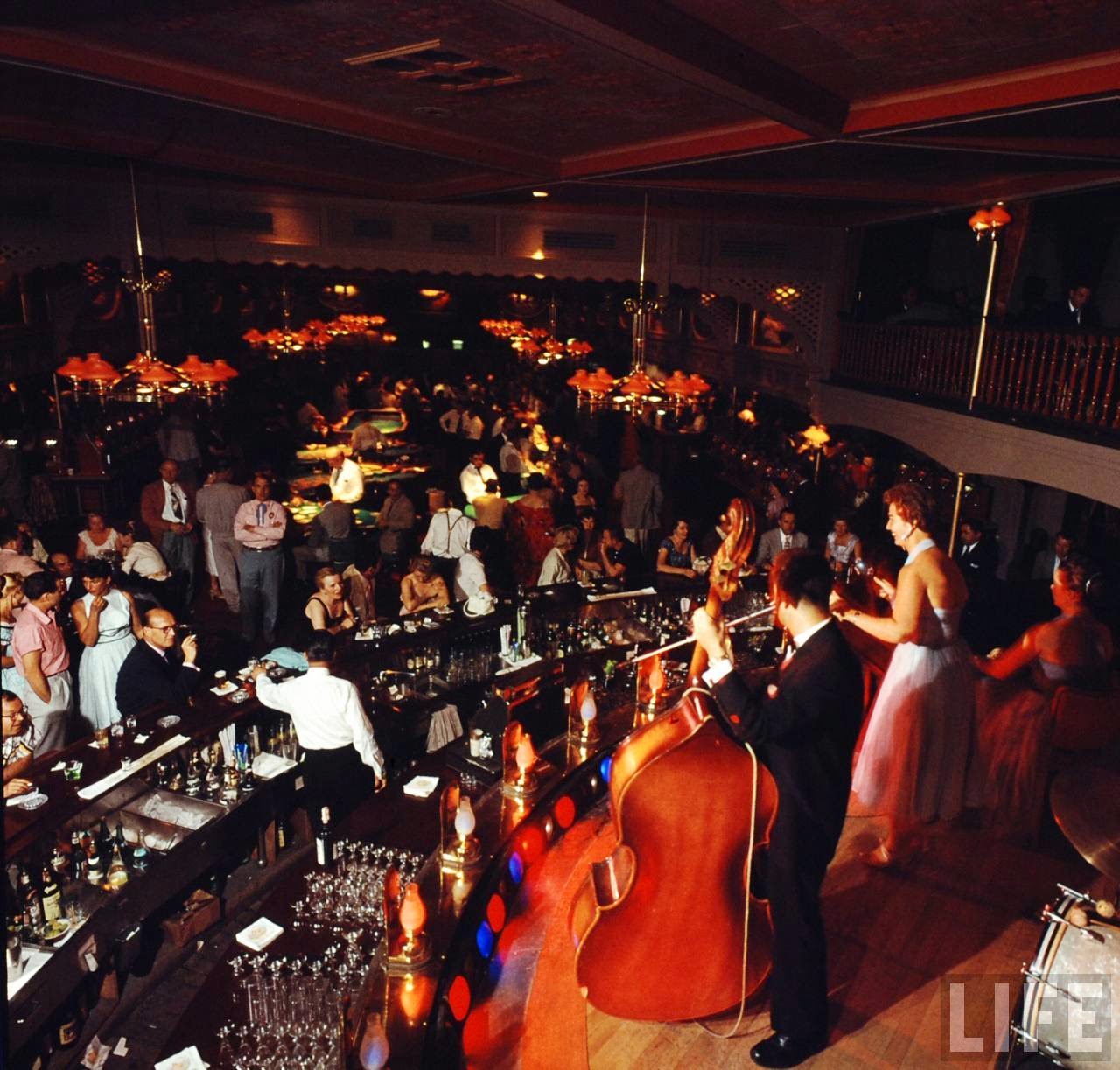.jpg)
.jpg)
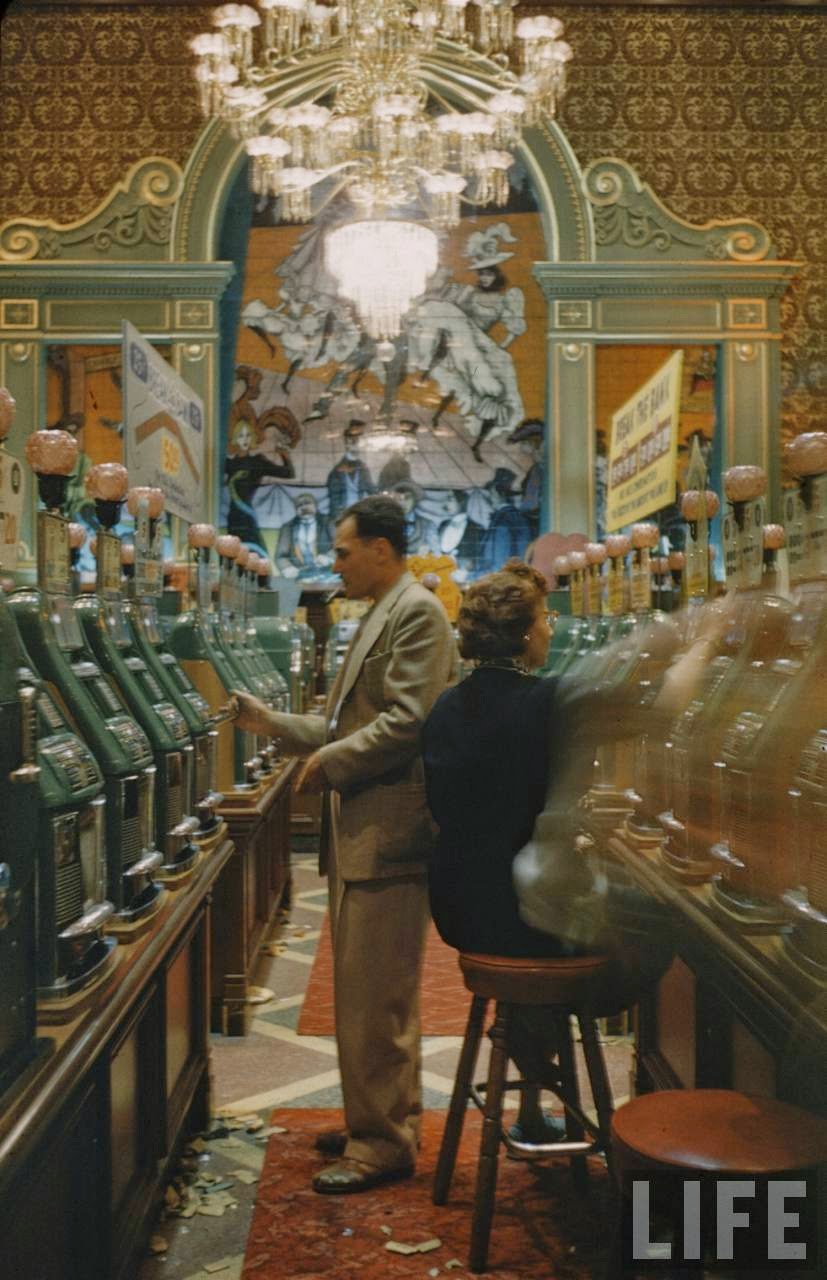.jpg)
.jpg)
.jpg)
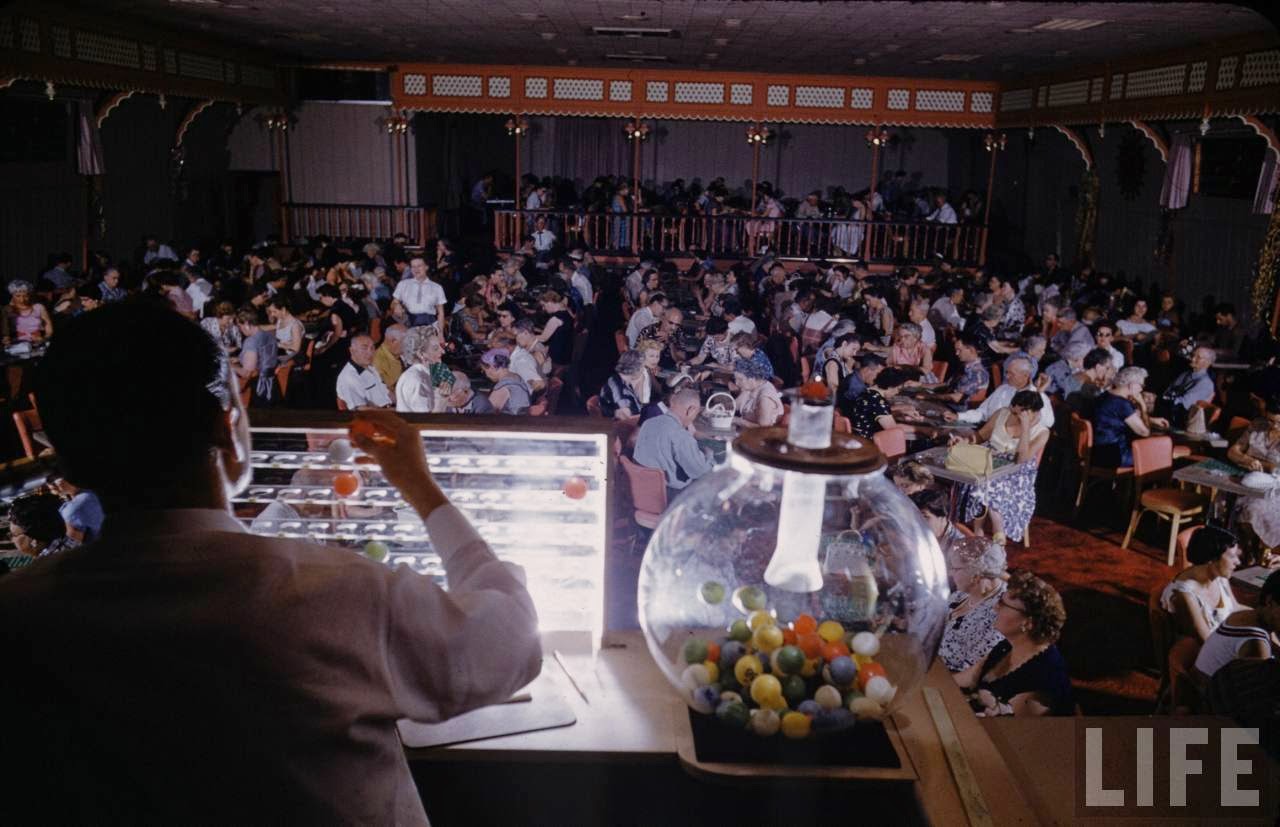.jpg)
.jpg)
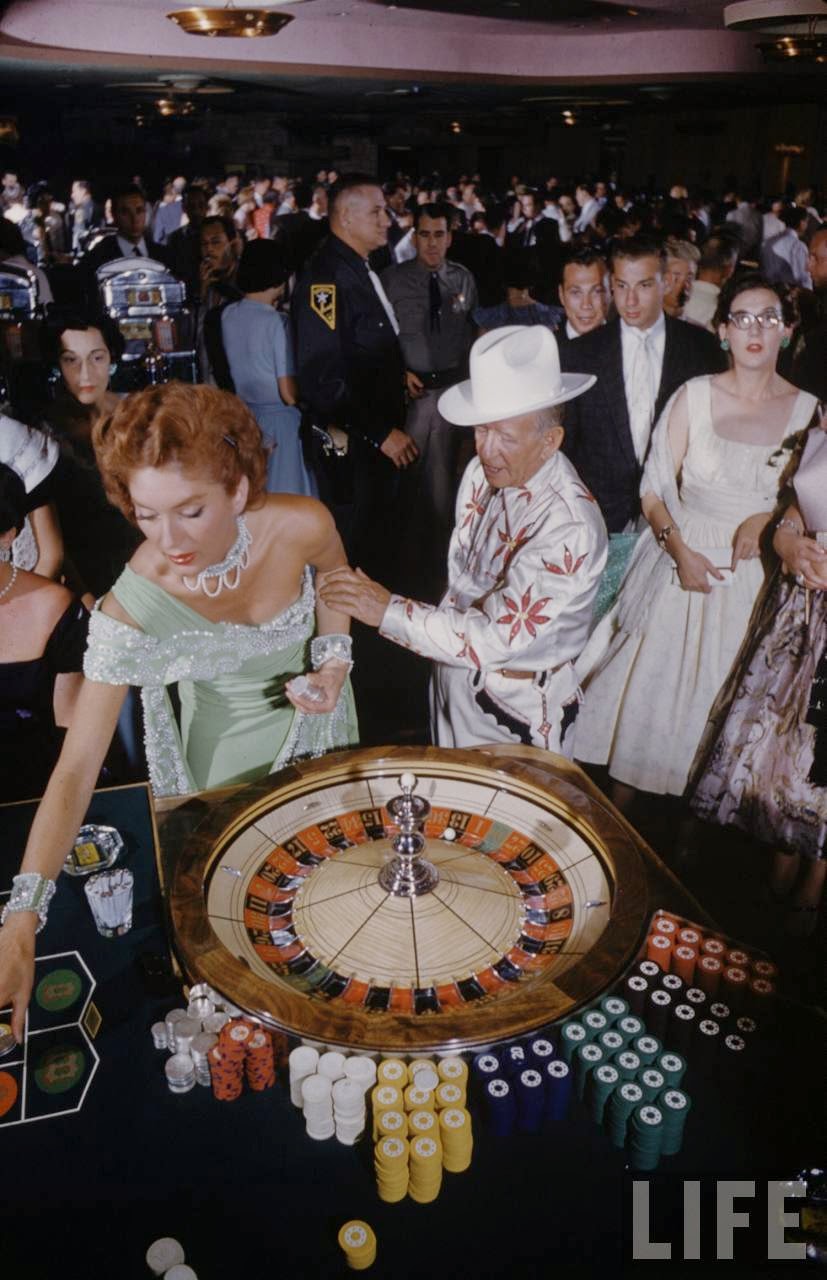.jpg)
.jpg)
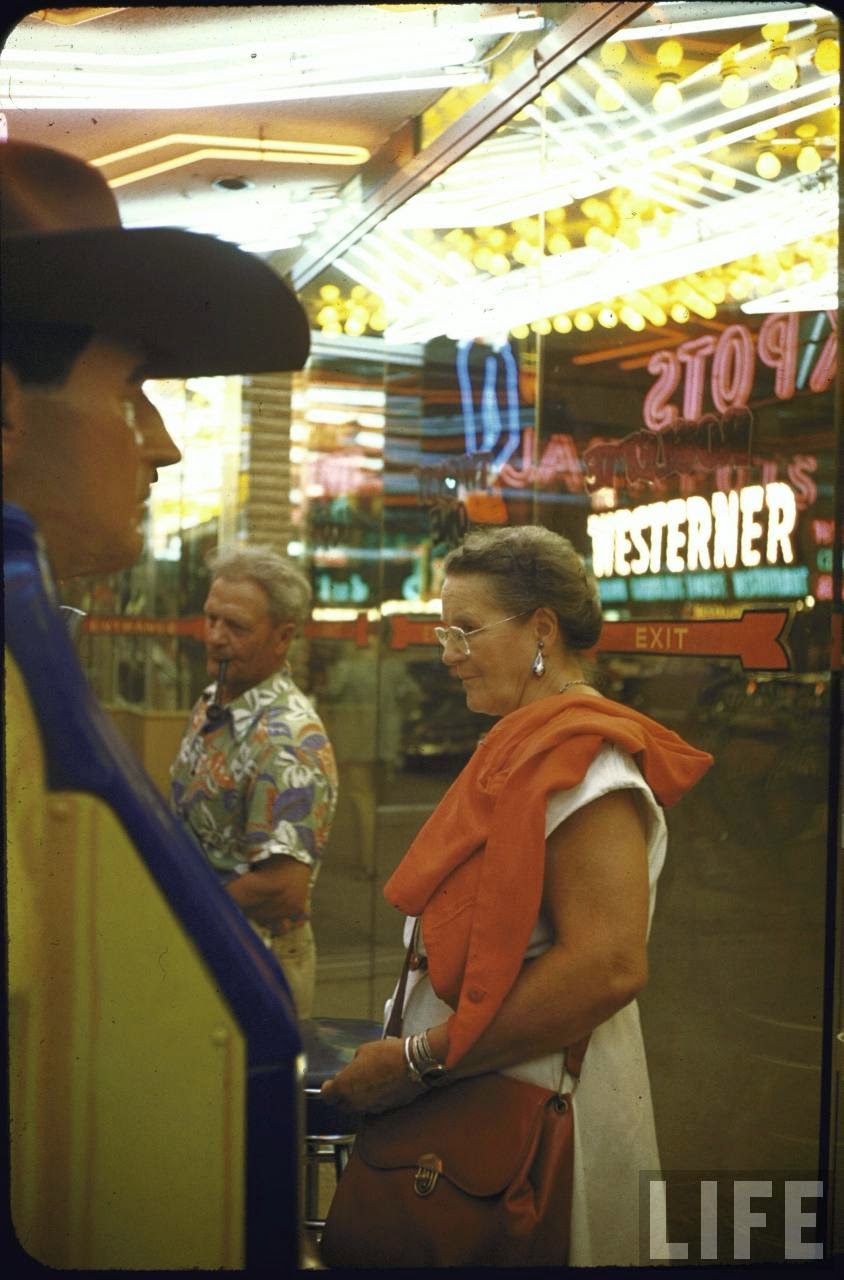.jpg)
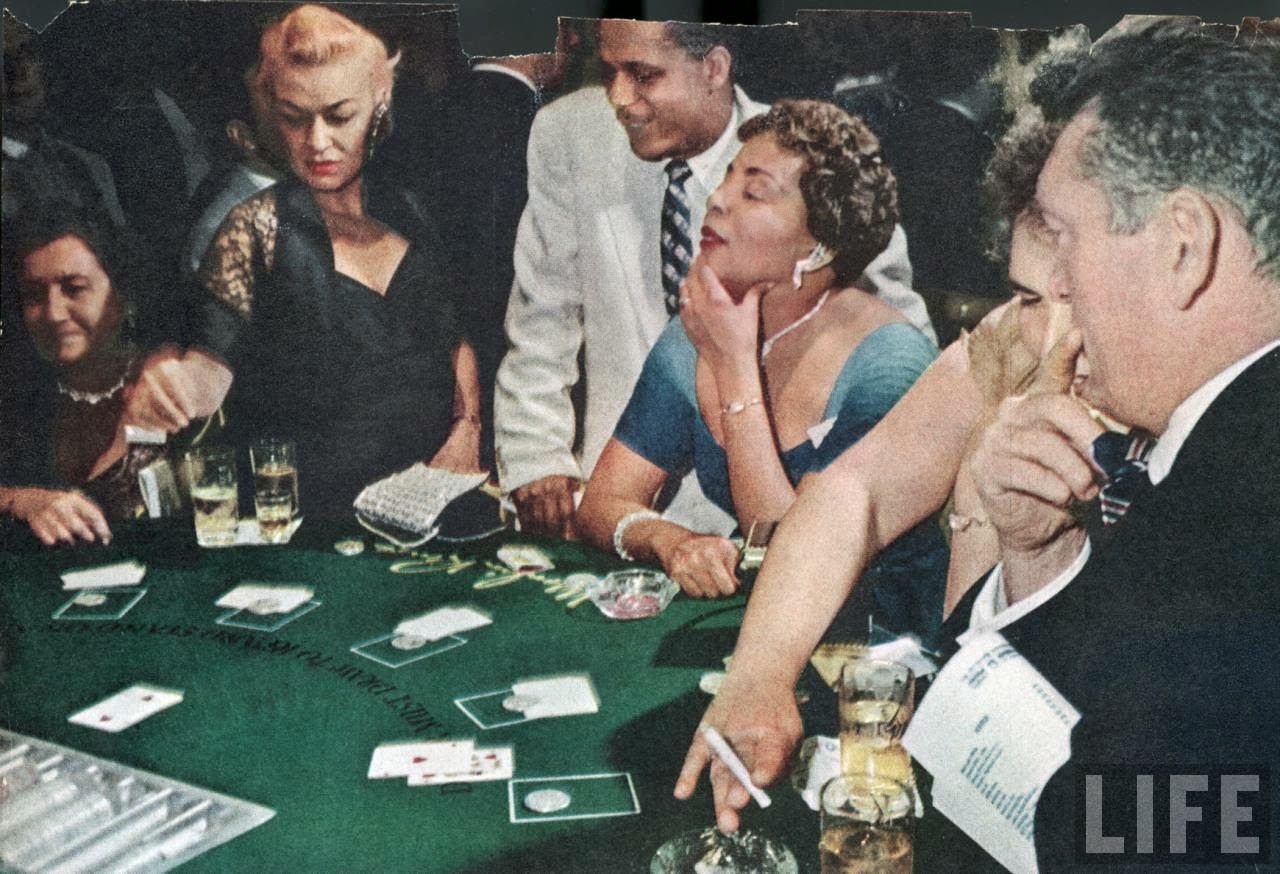.jpg)
.jpg)
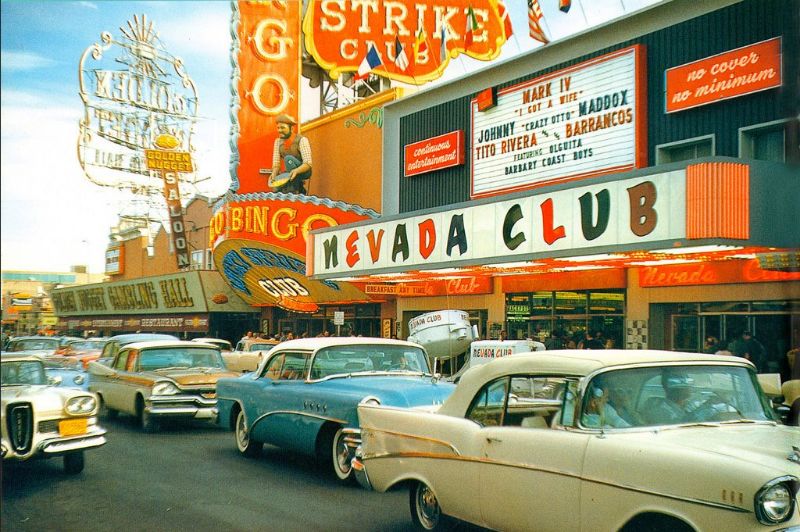
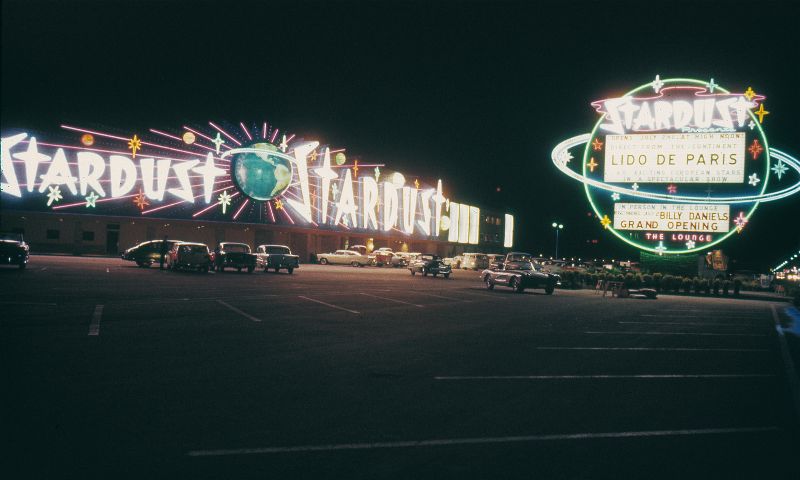
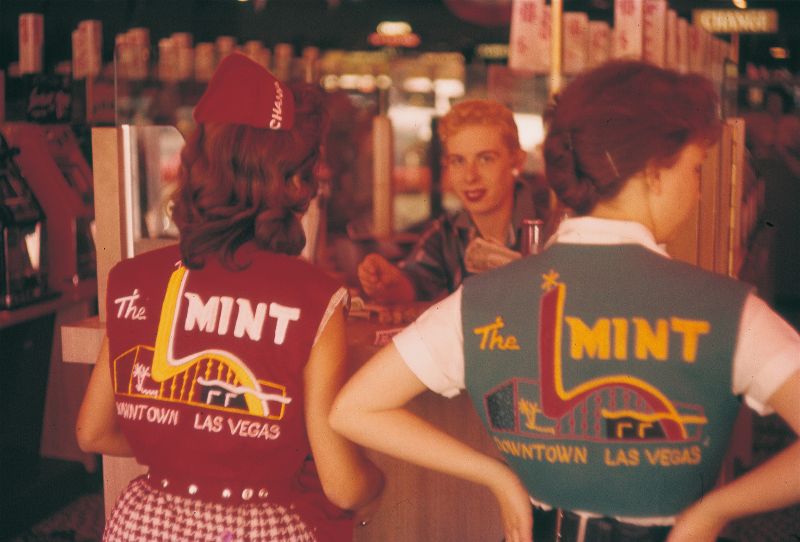



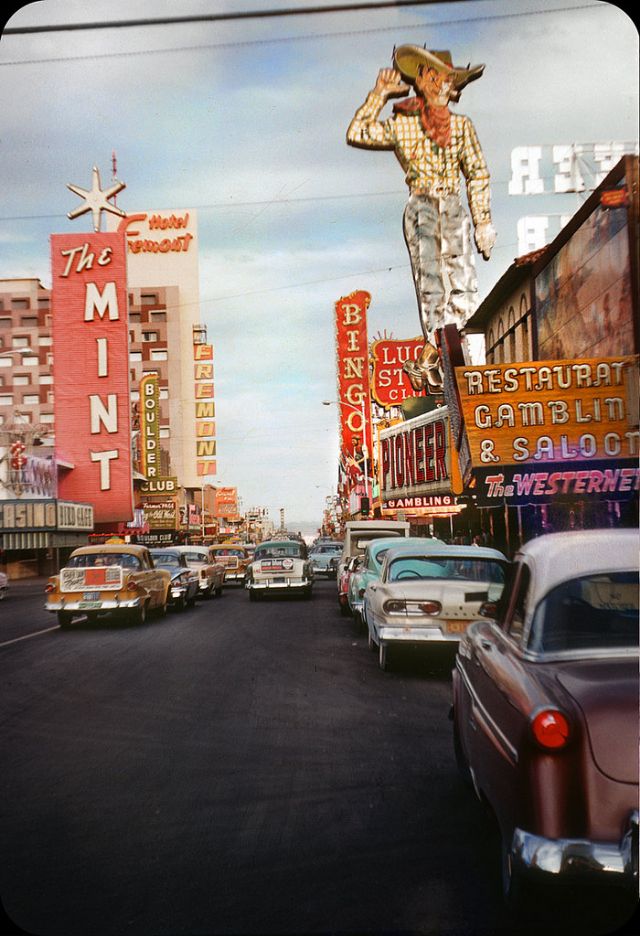

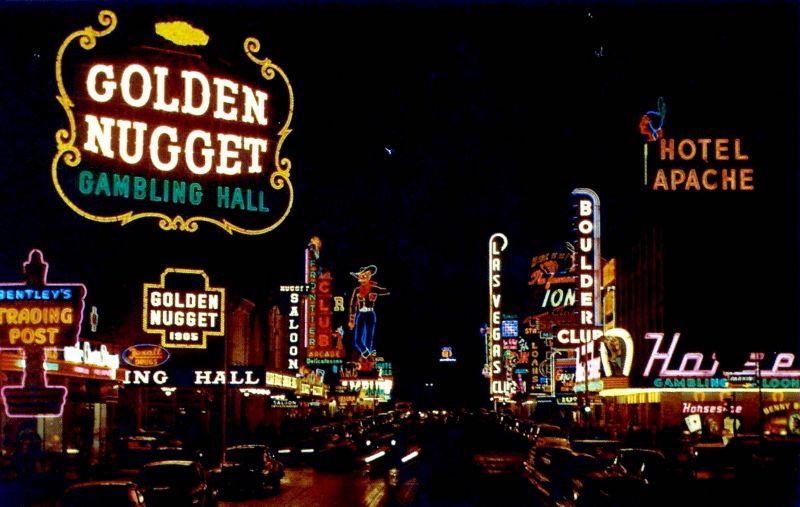
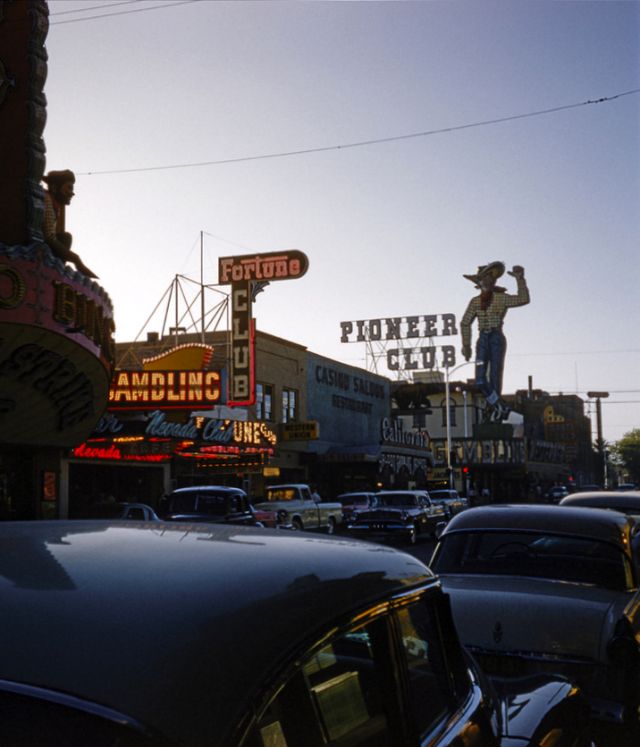
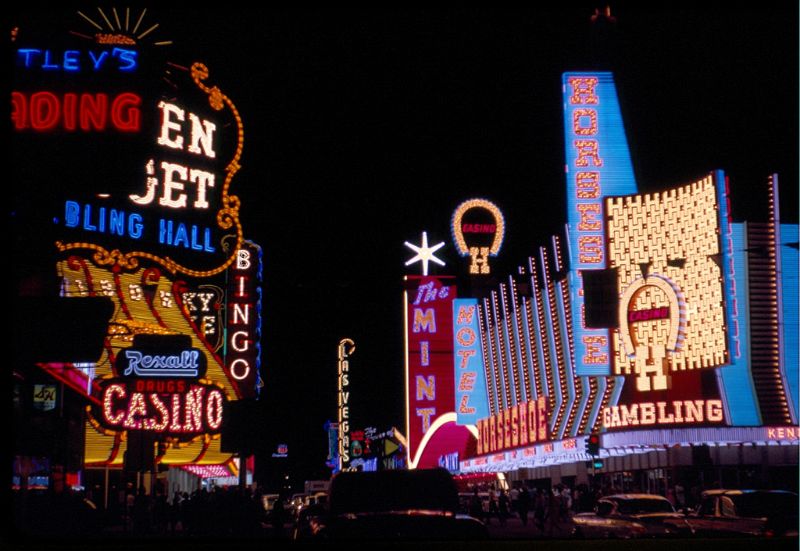
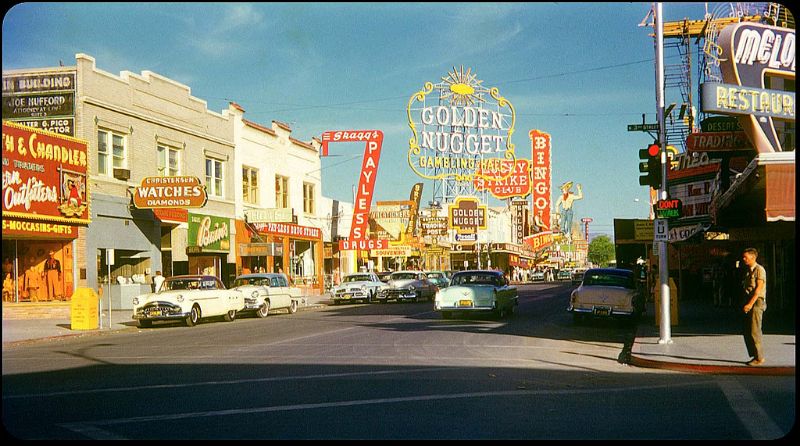
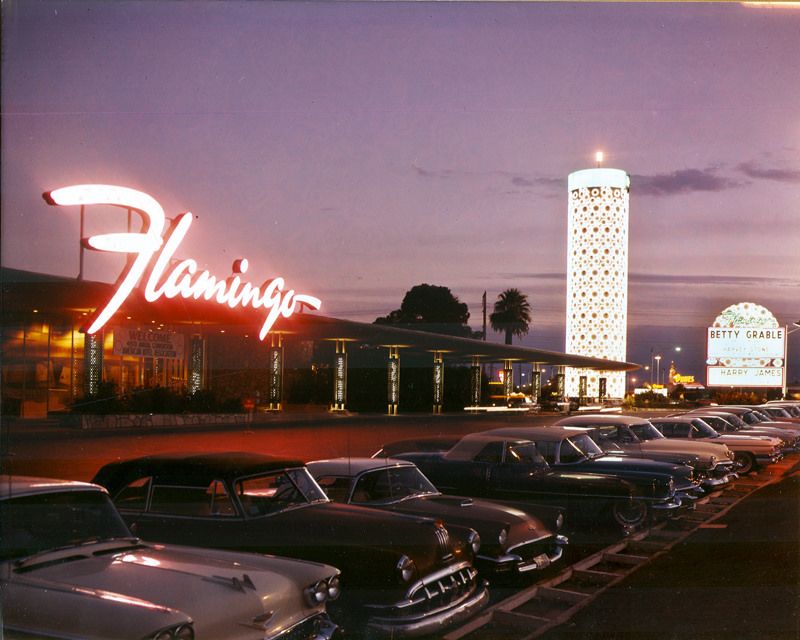
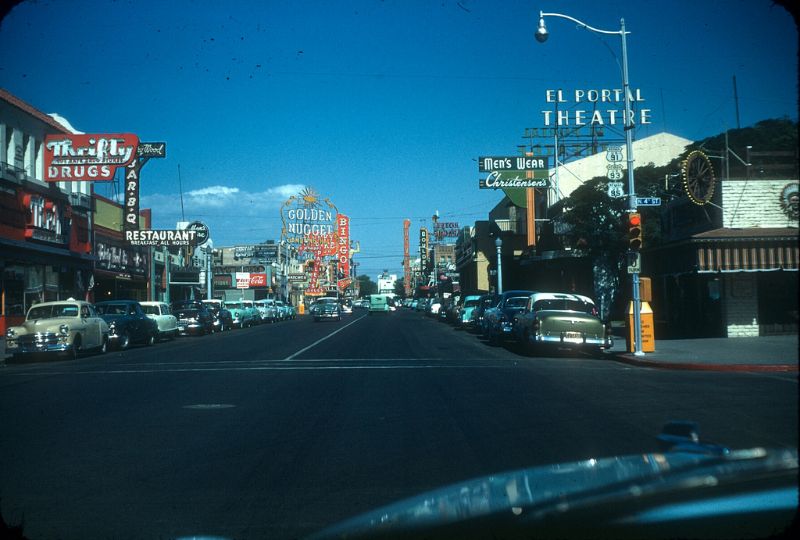

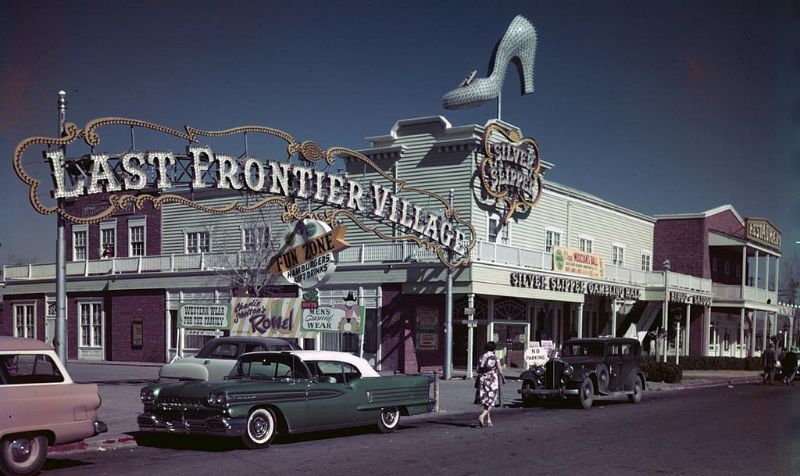
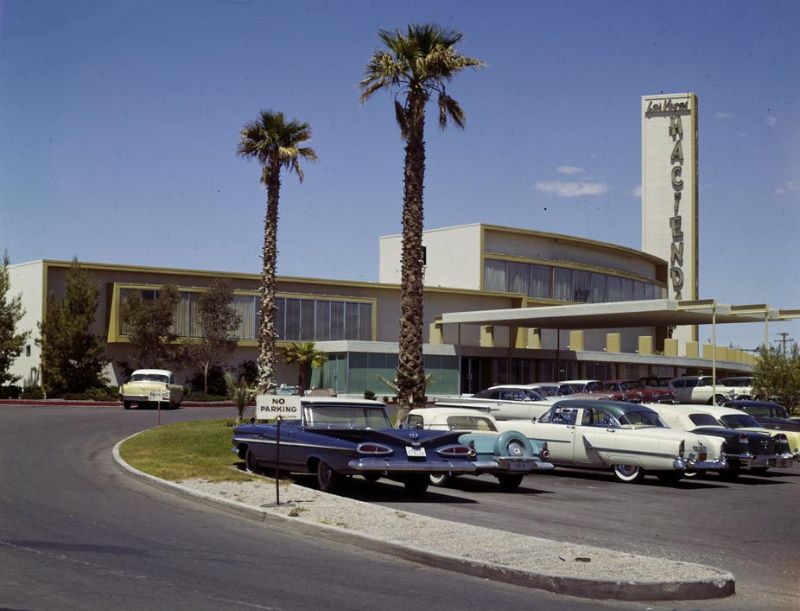
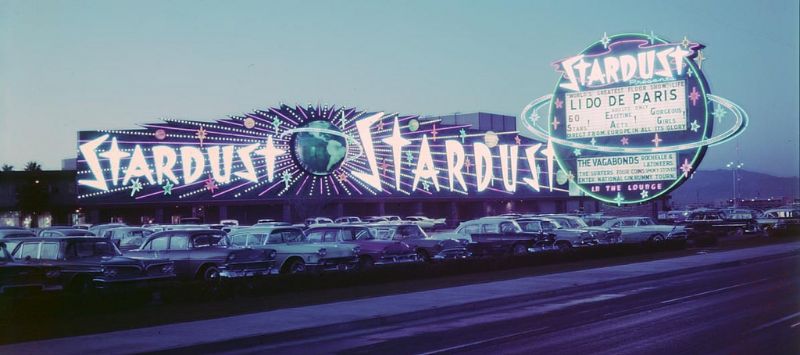
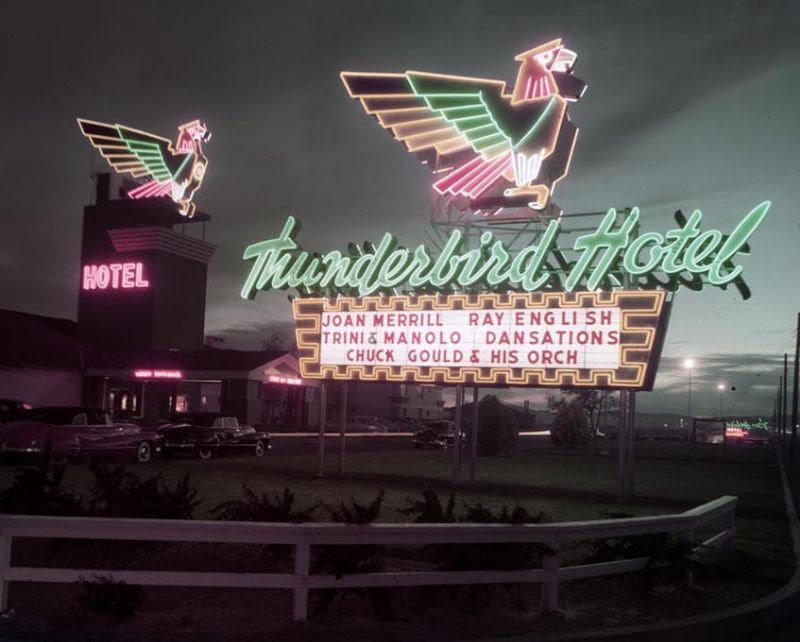
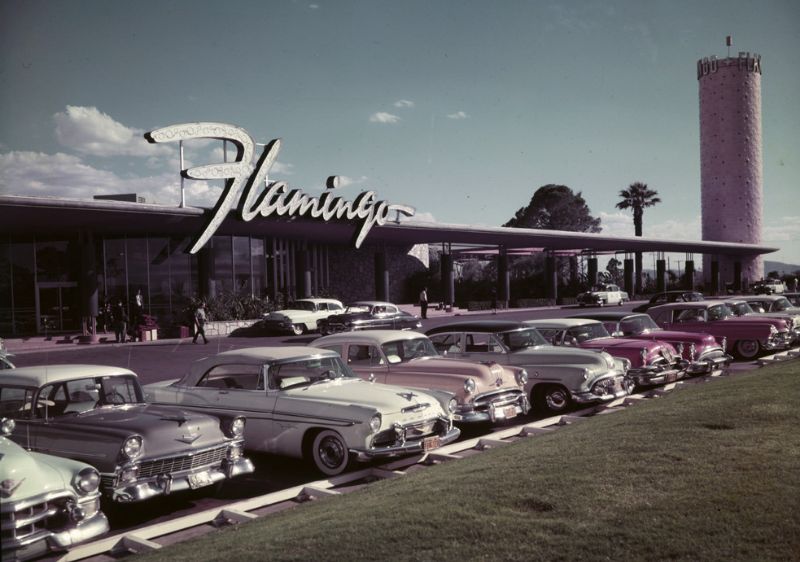


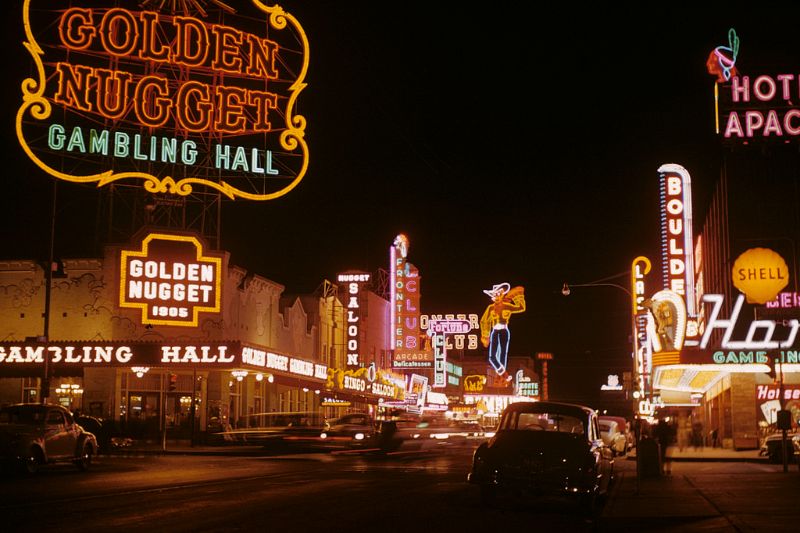
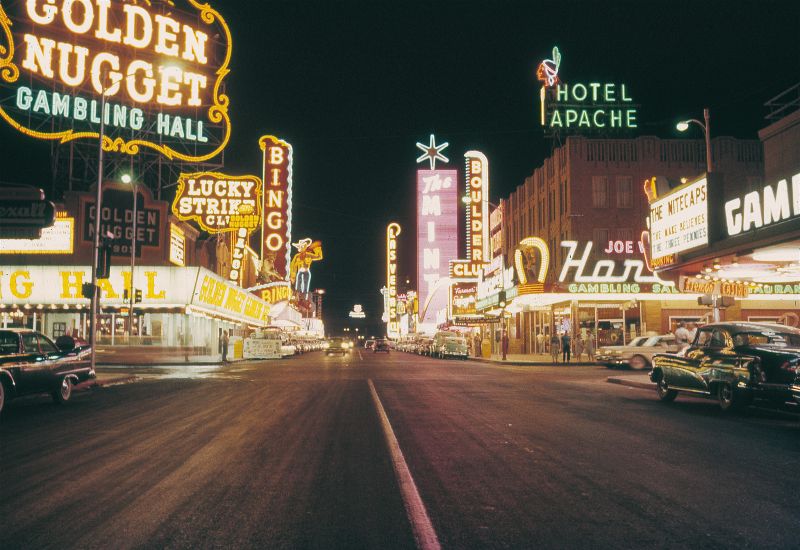
(Photo credit: Loomis Dean via LIFE archives / Google Photos Project / Flickr / Pinterest / Wikimedia Commons).



